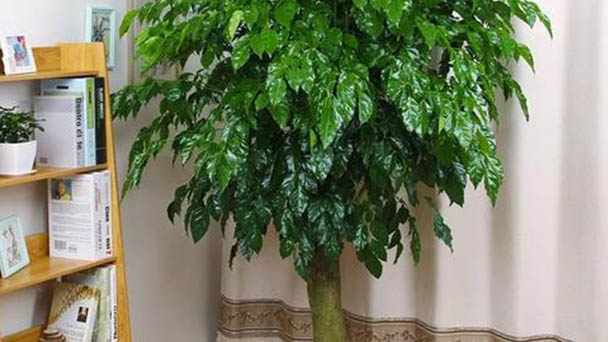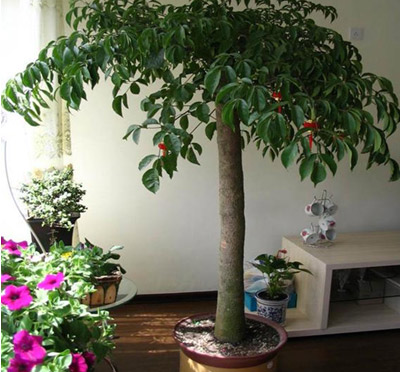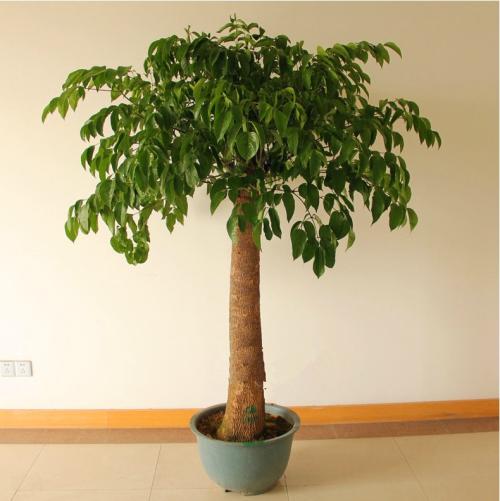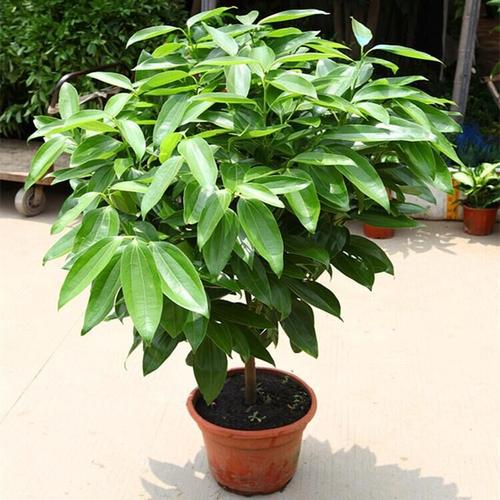Radermachera sinica profile
Written by Maggie
Dec 25 2020

Radermachera sinica is the purple Diploidaceae. Radermachera Sinica can be used as small or medium sized potted plants, placed in the balcony, bedroom, foyer, etc. Among them the balcony is the holiest place in the household, and it can absorb outside sunshine, air and wind and rain. It is the place that the residence accepts gas. And put a plant in the balcony to change evil spirit and give birth to flourishing two kinds of action.
Radermachera sinica picture

Morphological characteristics of Radermachera sinica
Radermachera sinica is a small tree, up to 10 meters tall; The petiole, leaf shaft, and inflorescence are glabrous. radermachera sinica has 2 pinnately compound leaves, rare 3 pinnately compound leaves, axial length about 30 cm; Lobules are ovate to ovate-lanceolate, 4-7 cm long, 2-3.5 cm wide; Lateral petioles are less than 5 mm long, terminal petioles 1-2 cm long. Terminal panicles are erect, 25-35 cm long, 30 cm wide; Bracts are linear-lanceolate, up to 10 cm long, caducous, bracts linear, 4-6 cm long. Calyx buds are closed, tapered, incubated with white milk, calyx teeth 5, ovate-lanceolate, midrib conspicuous, ca. 12 mm. radermachera sinica corolla is campanulate, white to pale yellow, ca. 6-8 cm long, lobes 5, rounded, wrinkled, ca. 2.5 cm long. Radermachera sinica has 4 stamens,2 strong, smooth, staminodes present, filamentous. The ovary is smooth, 2-loculed, ovules 2-column per compartment, style exerted, stigma 2-lobed. Capsule are slender, pendulous, cylindric, slightly curved, many-furred, acuminate, 85 cm long, 1 cm in diameter, thinly leathery pericarp, with very small piteous pores; The diaphragm is thin cylindrical, slightly flat. Seeds are lliptic, with wings about 2 cm long, 5 mm wide. Flowering period is from May to September and fruiting October to December.
Radermachera sinica growth habit
Radermachera Sinica prefers hot, wet, sunny conditions, high temperature resistant, fear of cold, appropriate wet. Radermachera sinica was born in a valley or flat forest. Loose and fertile loam with good drainage and rich in organic matter and sandy loam should be used for cultivation.
Radermachera sinica distribution area
Radermachera Sinica is native to Taiwan, Guangdong, Hainan, Guangxi, Guizhou, Yunnan and other places. It is mostly distributed in valleys and flatlands with elevations of 300 to 850 meters (Guangxi, Hainan) and 1100 to 1700 meters (south of central Yunnan). India, the Philippines, Bhutan and other countries also have distribution.

Radermachera Sinica's propagation technique
1. Sowing: Long strip-shaped capsules can be harvested at the end of December when the capsule is close to dehiscence and the seeds are fully mature.
2. Cuttage: Between March and April, when the environmental temperature reaches 15℃ or so, cut 1 to 2 year old lignified branches, about 15 cm to 20 cm long, remove all the leaves, the lower incision is best located at the next 0.5 cm, cut it on the sandy soil seedbed, the depth of cuttings into the soil is about 1/3 to 1/2 of the panicle length.
3. Layering: Between March and April, in 2 years of strong branches or stems under the node, ring peeling, peeling width is generally 2 to 3 times the diameter of the layering stem.
The main use of Radermachera Sinica
1. Radermachera Sinica, middle lobe opposite, ovoid or ovoid lanceolate, corolla bell-shaped funnelform, white or light yellow, capsule leathery, terete strip shaped like string bean, slightly curved, multifurcated. The Radermachera Sinica, with its lush, vibrant leaves, can be a thriving plant, and it has the intention of bringing happiness to people.Small and medium-sized Radermachera Sinica can be potted.
2. String bean tree roots, leaves as medicine. Root can be taken all year round, washed and sliced, dried; Before autumn, pick leaves, dried or fresh use. Natural taste: bitter, cold. Function and indications: Clearing away heat and detoxification, dispersing stasis and swelling. Radermachera sinica is used for heat injury and fever, and external use for fracture, snake bite, carbuncle swelling.

Latest Updated
- Benefits of Bugleweed - 7 Science-backed Health Benefits
- Bugleweed Dangers & Side Effects - Is It Poisonous?
- How to Plant Evergreen Trees - What You Should Know
- When to Plant Evergreens - Grow Guide for Evergreen Trees
- 12 Wonderful Evergreen Shrubs for Your Garden
- 12 Popular Evergreen Plants with Pictures for Beginners
- When And How To Prune A Lilac Bush Like a Pro
- How to Grow & Care for Lilac Vine (Hardenbergia Violacea)
- Japanese Lilac Tree (Syringa Reticulata) Care & Propagation Guide
- Shumard Oak Pros and Cons - What to Know
Popular Articles
- Winter maintenance of Antirrhinum Majus
- How to Grow Terminalia Mantaly Tree
- How to Grow and Care for Crossostephium Chinense
- How to grow Antirrhinum Majus in spring
- Peristeria Elata (Dove Orchid) Profile: Info & Care Guide
- Underwatered Snake Plant (Sansevieria Trifasciata) - Signs And How To Fix
- How to Care for Brazilian Jasmine Plant (Mandevilla Sanderi)
- How to Grow & Care for Graptopetalum Purple Delight in Summer
- Rosa Chinensis (China Rose): Plant Growing & Care Tips
- How to Care for Baby Sun Rose (Aptenia Cordifolia)